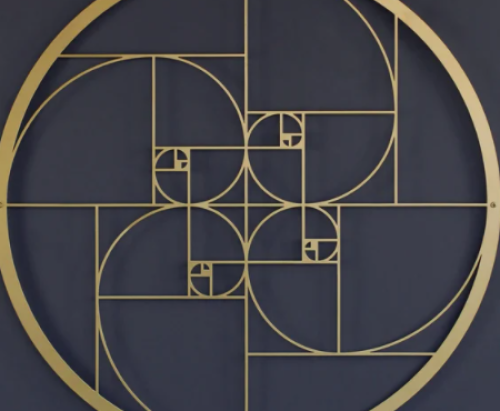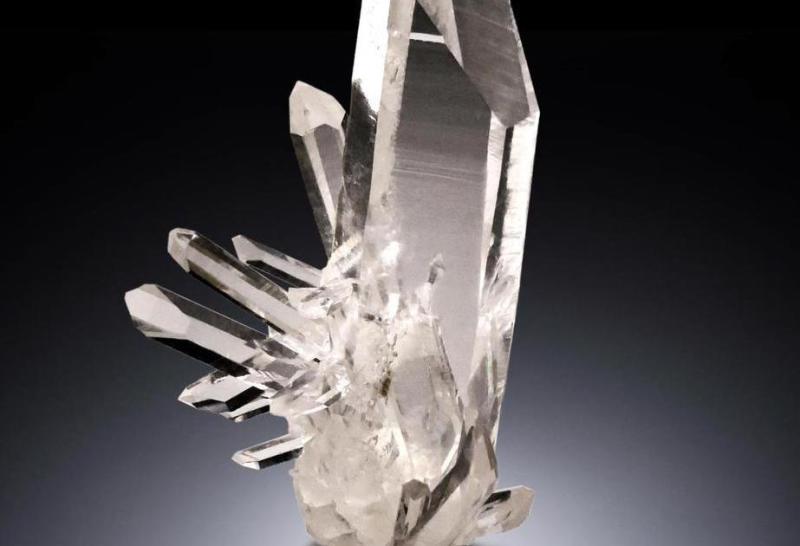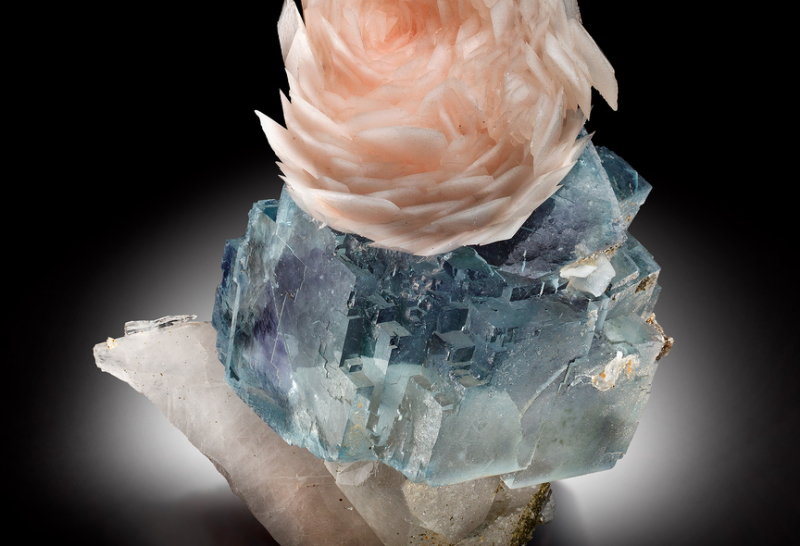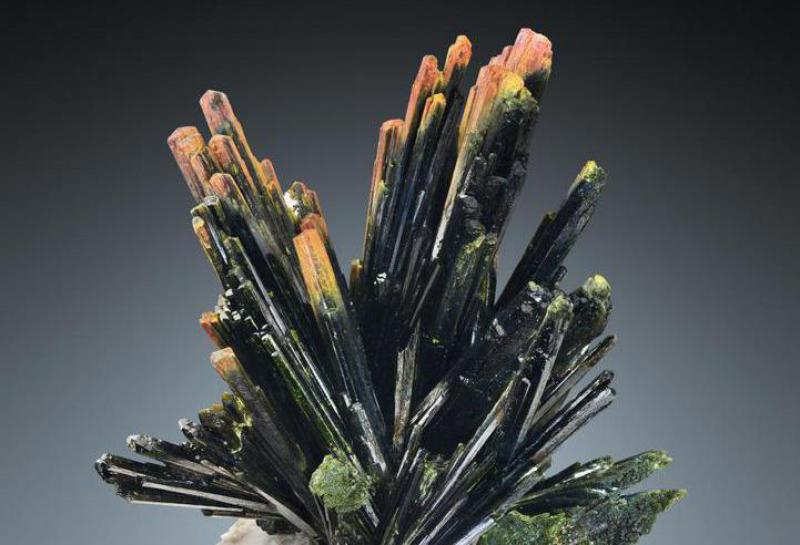What is Aesthetics?
Aesthetics (from ancient Greek αἴσθησις aísthēsis "perception", "sensation") was until the 19th century primarily the study of beauty, regularities and harmony in nature and art.
Aesthetics literally means: the study of perception or sensory perception. Accordingly, everything that moves our senses when we look at it is aesthetic: Beautiful, ugly, pleasant and unpleasant. A doctrine that deals only with beautiful things is called callistics.
In everyday language, the term aesthetic is now often used as a synonym for beautiful, tasteful, or appealing. In science, in a narrower sense, the term refers to the qualities that have an influence
on how people evaluate something from the beauty point of view. In a broader sense, aesthetic refers to the qualities that influence how something affects us.
(Source: Wikipedia)












